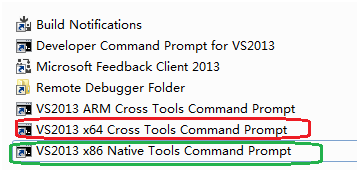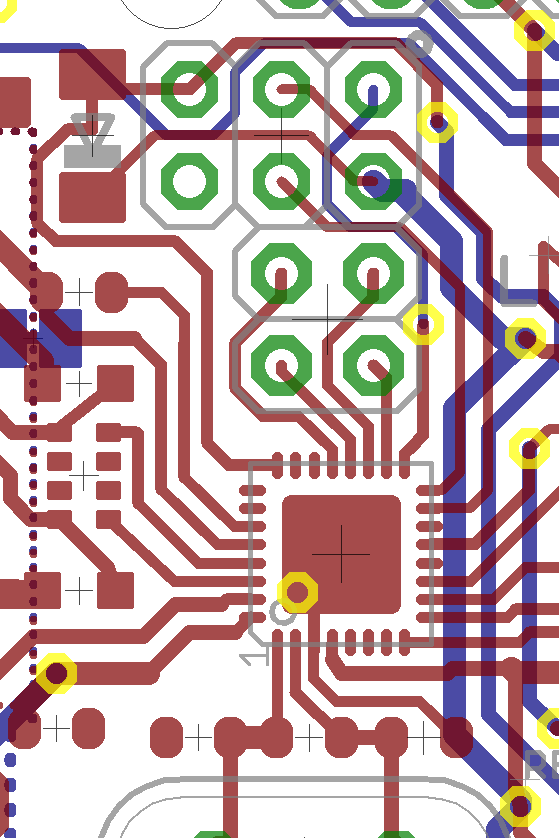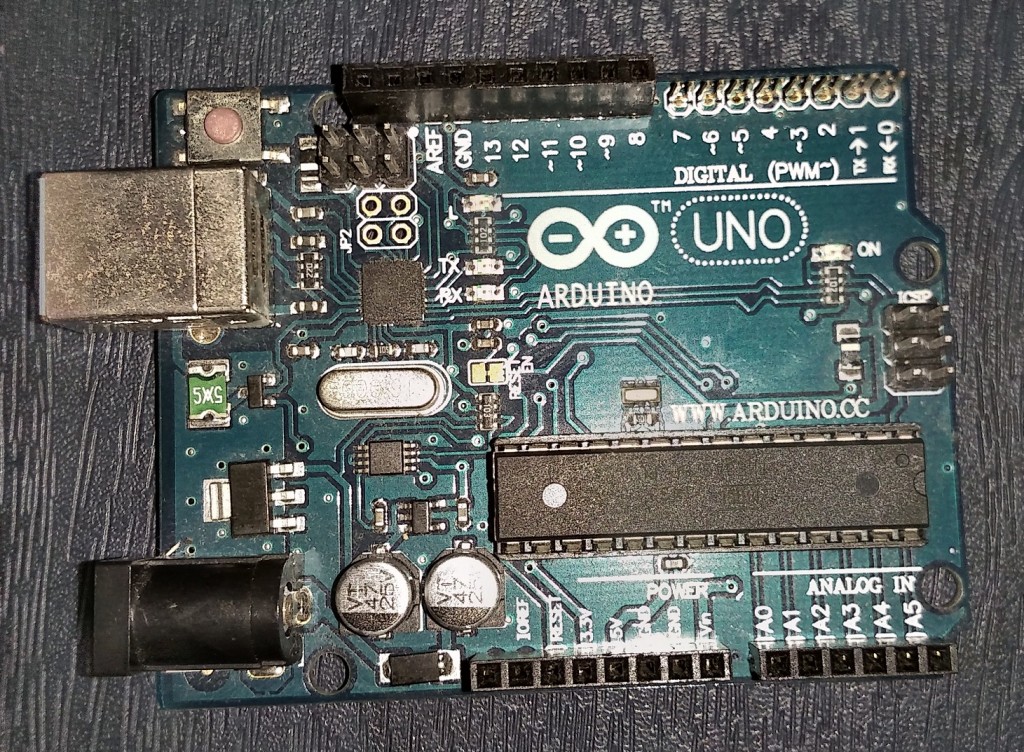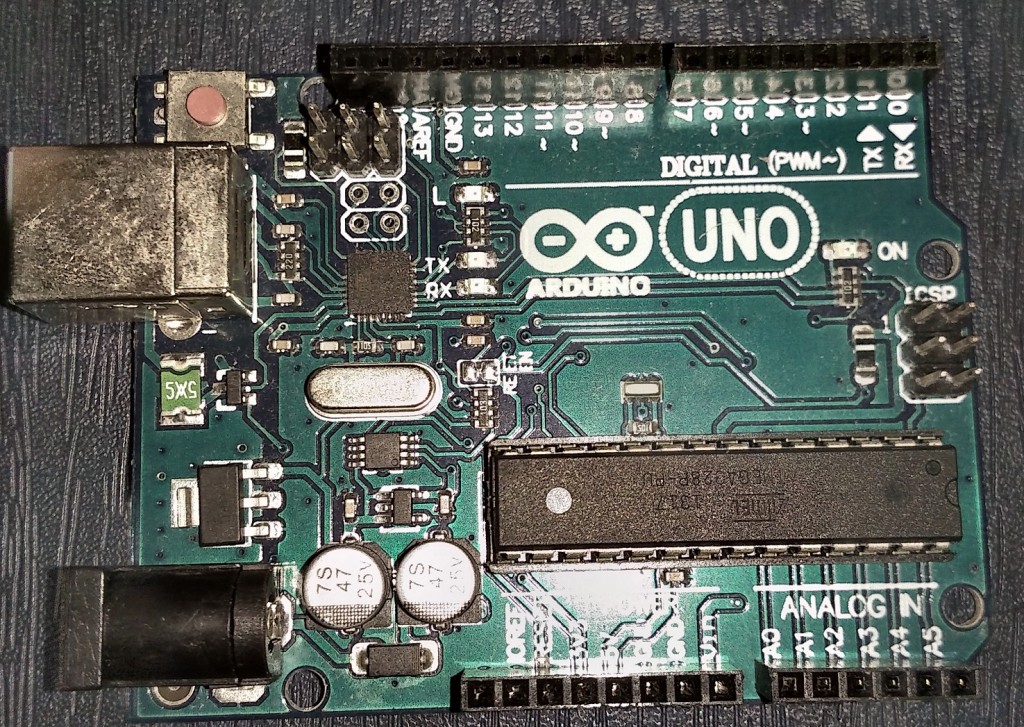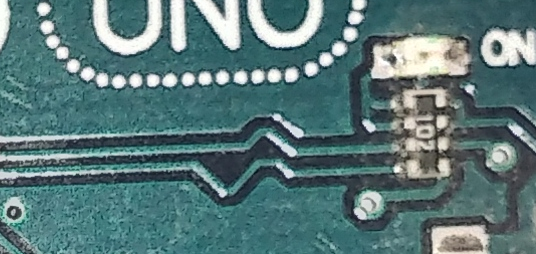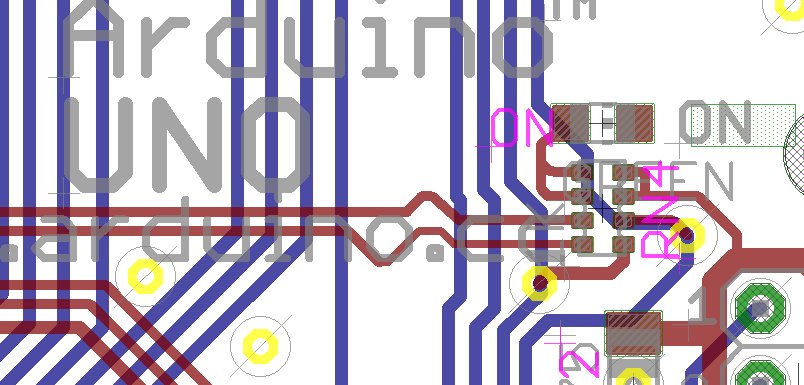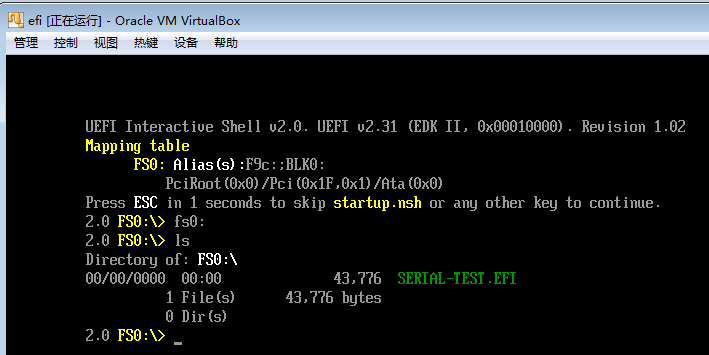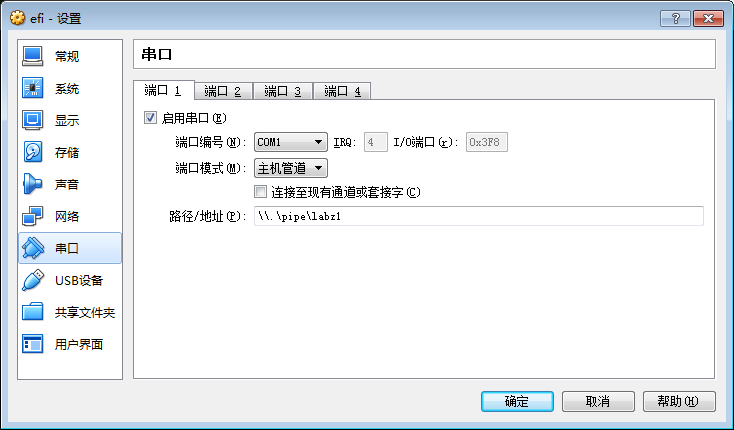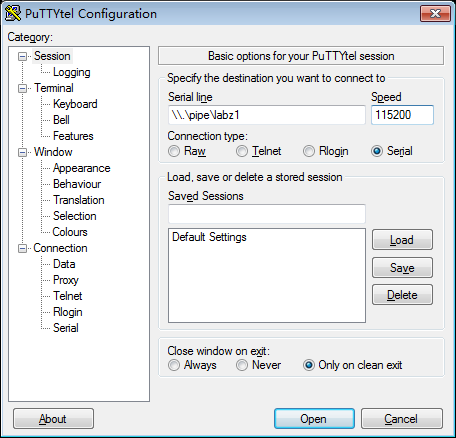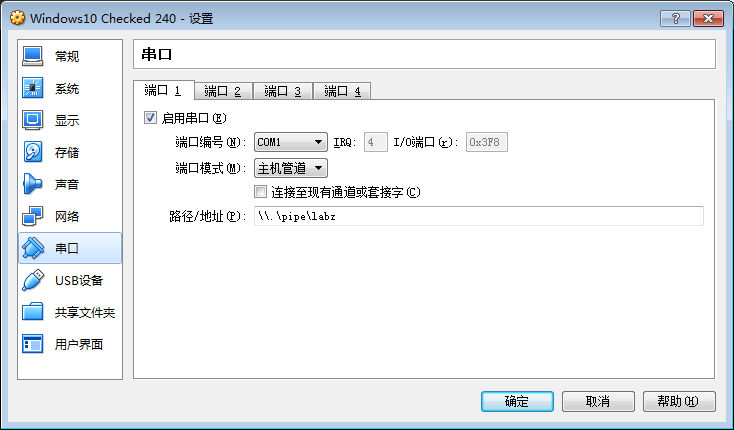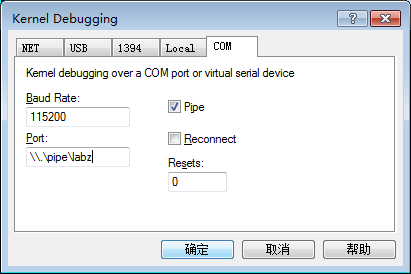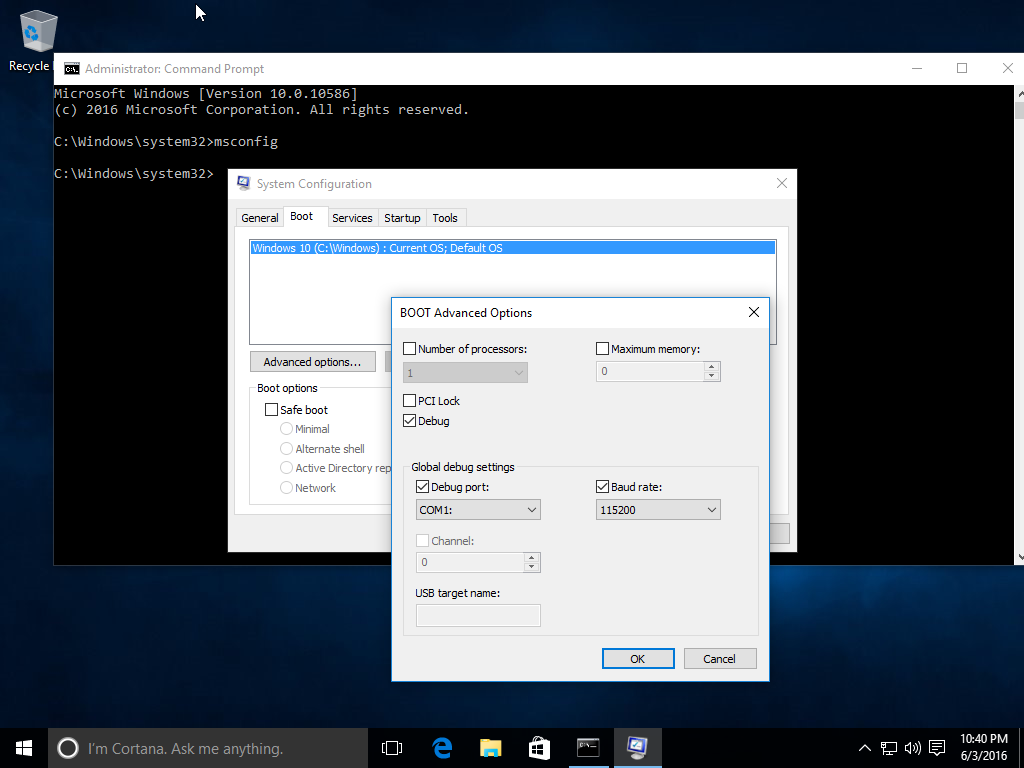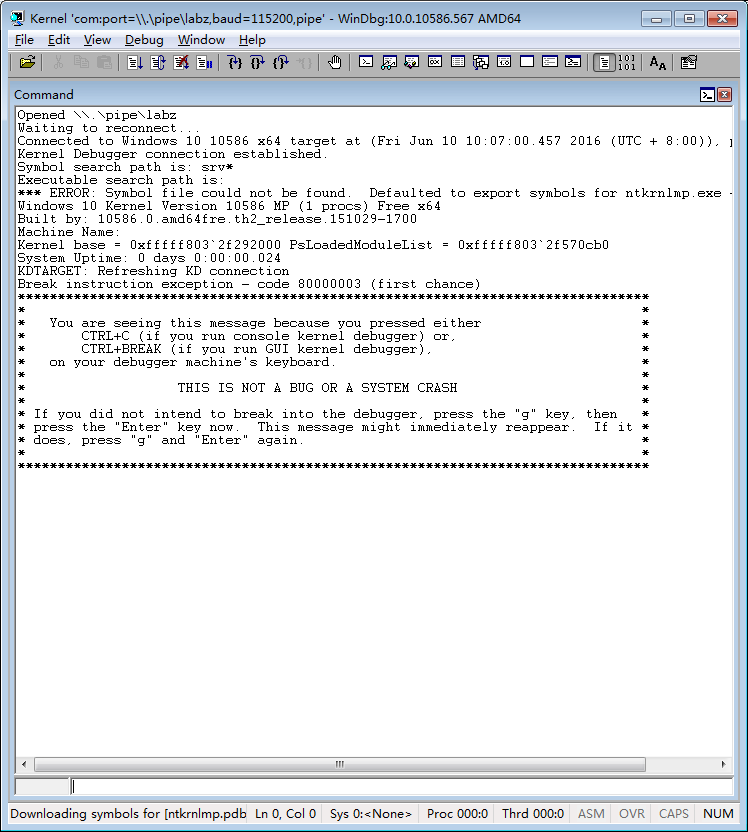UEFI System Table 中的 ConOut-> OutputString 能够让我们直接在屏幕上输出字符串。这里介绍一种方法,能够让我们截获并且修改这个函数输出的字符串。
首先看一下 System Table 的定义在 \MdePkg\Include\Uefi\UefiSpec.h
///
/// EFI System Table
///
typedef struct {
///
/// The table header for the EFI System Table.
///
EFI_TABLE_HEADER Hdr;
///
/// A pointer to a null terminated string that identifies the vendor
/// that produces the system firmware for the platform.
///
CHAR16 *FirmwareVendor;
///
/// A firmware vendor specific value that identifies the revision
/// of the system firmware for the platform.
///
UINT32 FirmwareRevision;
///
/// The handle for the active console input device. This handle must support
/// EFI_SIMPLE_TEXT_INPUT_PROTOCOL and EFI_SIMPLE_TEXT_INPUT_EX_PROTOCOL.
///
EFI_HANDLE ConsoleInHandle;
///
/// A pointer to the EFI_SIMPLE_TEXT_INPUT_PROTOCOL interface that is
/// associated with ConsoleInHandle.
///
EFI_SIMPLE_TEXT_INPUT_PROTOCOL *ConIn;
///
/// The handle for the active console output device.
///
EFI_HANDLE ConsoleOutHandle;
///
/// A pointer to the EFI_SIMPLE_TEXT_OUTPUT_PROTOCOL interface
/// that is associated with ConsoleOutHandle.
///
EFI_SIMPLE_TEXT_OUTPUT_PROTOCOL *ConOut;
///
/// The handle for the active standard error console device.
/// This handle must support the EFI_SIMPLE_TEXT_OUTPUT_PROTOCOL.
///
EFI_HANDLE StandardErrorHandle;
///
/// A pointer to the EFI_SIMPLE_TEXT_OUTPUT_PROTOCOL interface
/// that is associated with StandardErrorHandle.
///
EFI_SIMPLE_TEXT_OUTPUT_PROTOCOL *StdErr;
///
/// A pointer to the EFI Runtime Services Table.
///
EFI_RUNTIME_SERVICES *RuntimeServices;
///
/// A pointer to the EFI Boot Services Table.
///
EFI_BOOT_SERVICES *BootServices;
///
/// The number of system configuration tables in the buffer ConfigurationTable.
///
UINTN NumberOfTableEntries;
///
/// A pointer to the system configuration tables.
/// The number of entries in the table is NumberOfTableEntries.
///
EFI_CONFIGURATION_TABLE *ConfigurationTable;
} EFI_SYSTEM_TABLE;
其中的ConOut 是指向 EFI_SIMPLE_TEXT_OUTPUT_PROTOCOL 的指针
具体定义可以在 \MdePkg\Include\Protocol\SimpleTextOut.h 查到
///
/// The SIMPLE_TEXT_OUTPUT protocol is used to control text-based output devices.
/// It is the minimum required protocol for any handle supplied as the ConsoleOut
/// or StandardError device. In addition, the minimum supported text mode of such
/// devices is at least 80 x 25 characters.
///
struct _EFI_SIMPLE_TEXT_OUTPUT_PROTOCOL {
EFI_TEXT_RESET Reset;
EFI_TEXT_STRING OutputString;
EFI_TEXT_TEST_STRING TestString;
EFI_TEXT_QUERY_MODE QueryMode;
EFI_TEXT_SET_MODE SetMode;
EFI_TEXT_SET_ATTRIBUTE SetAttribute;
EFI_TEXT_CLEAR_SCREEN ClearScreen;
EFI_TEXT_SET_CURSOR_POSITION SetCursorPosition;
EFI_TEXT_ENABLE_CURSOR EnableCursor;
///
/// Pointer to SIMPLE_TEXT_OUTPUT_MODE data.
///
EFI_SIMPLE_TEXT_OUTPUT_MODE *Mode;
};
我们需要的是将 EFI_TEXT_STRING OutputString; 替换为我们自己的函数。
最终的代码如下
#include <Uefi.h>
#include <Library/UefiLib.h>
#include <Library/ShellCEntryLib.h>
extern EFI_BOOT_SERVICES *gBS;
extern EFI_SYSTEM_TABLE *gST;
extern EFI_RUNTIME_SERVICES *gRT;
EFI_SYSTEM_TABLE myST;
EFI_SYSTEM_TABLE *pmyST=&myST;
EFI_SIMPLE_TEXT_OUTPUT_PROTOCOL myConOut;
EFI_STATUS
myOut (
IN EFI_SIMPLE_TEXT_OUTPUT_PROTOCOL *This,
IN CHAR16 *String
)
{
//Just a experiment, add a String to the output
CHAR16 R[40]=L"LAB-Z:";
StrCat(R,String);
gST->ConOut->OutputString(This,R);
return EFI_SUCCESS;
}
int
EFIAPI
main (
IN int Argc,
IN CHAR16 **Argv
)
{
//Create a fake EFI_SYSTEM_TABLE named myST
memcpy(&myST,gST,sizeof(EFI_SYSTEM_TABLE));
//Test this EFI_SYSTEM_TABLE
gST->ConOut->OutputString( gST->ConOut,L"Test of gSt 1\n\r");
pmyST->ConOut->OutputString(pmyST->ConOut,L"Test of pmyST 2\n\r");
//Create a fake EFI_SIMPLE_TEXT_OUTPUT_PROTOCOL
memcpy(&myConOut,gST->ConOut,sizeof(EFI_SIMPLE_TEXT_OUTPUT_PROTOCOL));
//Test the fake ConOut
pmyST->ConOut=&myConOut;
//If we use pmyST->ConOut it will be an error
pmyST->ConOut->OutputString(gST->ConOut,L"Test of myConOut 3\n\r");
//Replace OutputString function with our function
pmyST->ConOut->OutputString=&myOut;
pmyST->ConOut->OutputString(gST->ConOut,L"Test of myConOut 4\n\r");
return EFI_SUCCESS;
}
运行结果
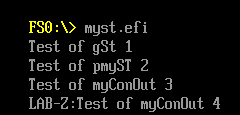
特别需要注意的地方,如果我们写成
pmyST->ConOut->OutputString(pmyST ->ConOut,L”Test of myConOut 3\n\r”);
那么会碰到下面这个错误

产生问题的代码在 \ShellPkg\Application\Shell\ConsoleLogger.c 中,看起来是向 Handle 安装另外一个 Protocol的时候出现报错信息。
Status = gBS->InstallProtocolInterface(&gImageHandle, &gEfiSimpleTextOutProtocolGuid, EFI_NATIVE_INTERFACE, (VOID*)&((*ConsoleInfo)->OurConOut));
if (EFI_ERROR(Status)) {
SHELL_FREE_NON_NULL((*ConsoleInfo)->Buffer);
SHELL_FREE_NON_NULL((*ConsoleInfo)->Attributes);
SHELL_FREE_NON_NULL((*ConsoleInfo));
*ConsoleInfo = NULL;
return (Status);
}
gST->ConsoleOutHandle = gImageHandle;
gST->ConOut = &(*ConsoleInfo)->OurConOut;
return (Status);
完整的代码下载:
MySt
